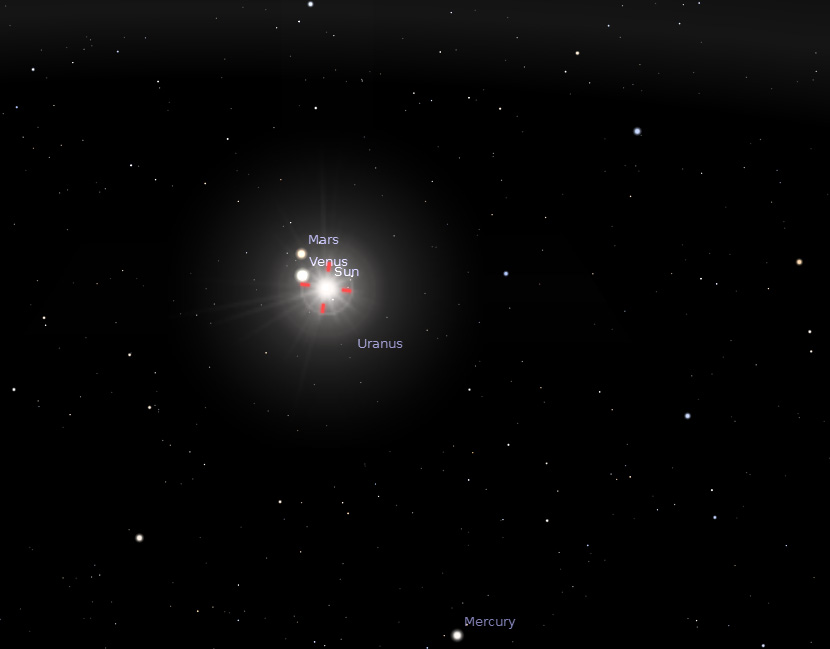
The second constellation we like to point out is Sagittarius. If you find this constellation already in the night sky, look to the left of it and you will find the core. If observing the night sky in the Northern Hemisphere the head of Scorpius always rises before the core of the Milky Way. Lastly, what if you don’t have access to a mobile device with the apps listed above and want to find the Milky Way the old fashioned way? Fortunately, there are two constellations we commonly point out during our workshops that are very helpful. If you’re lucky, the night sky is much darker than you expected (hopefully this will be the case).


For example, you may travel to a certain location, only to find that urban light pollution is reaching farther than the map displays. The sources above are fairly accurate however my advice is to use the maps as a basic starting point. If you are trying to find a dark location far away from light pollution, begin by visiting the following helpful websites: As you have probably already figured out, darker is better. The Bortle Dark-Sky Scale shown here is a useful nine-level numeric scale that measures the night sky’s brightness of a particular location. Unfortunately, light pollution can span for hundreds of miles and flush out a large majority of starlight where you are located. So if you live in or near a big city, you may only be able to see a few stars above you, similar to the chart shown. Light pollution is excessive or misdirected artificial light that sets a limit on the faintness of stars that can be seen or photographed. Since our eyes can only see about 1/30 of a second at a time (compared to digital cameras), we are unable to see the Milky Way like the images you see in our work…or can you?īefore we begin exploring where the Milky Way is located, let’s talk about light pollution. Meaning, the camera’s shutter is open for long periods of time, ranging from 15-35 seconds, absorbing distant light, and converting all that time into a single image. Why is this you ask? It’s because our cameras are capturing images of the Milky Way with long exposure photography. Now before we get into the specifics of how to find the Milky Way, please remember that what you observe with the naked eye is completely different than what you see in our photographs. For our first topic, we’re going to address our most popular question: how do I find the Milky Way in my area? Inquiries generally include a vast spectrum of subjects ranging from ‘How do I find the Milky Way’ to ‘how can I safely hike in the middle of the night’? For the majority of those who cannot actively participate in our workshops, we are beginning a series of simple and basic, informational tutorials that may help answer some of the most asked questions we receive. We constantly receive technical questions via email from our aspiring supporters on the inter-webs.


 0 kommentar(er)
0 kommentar(er)
